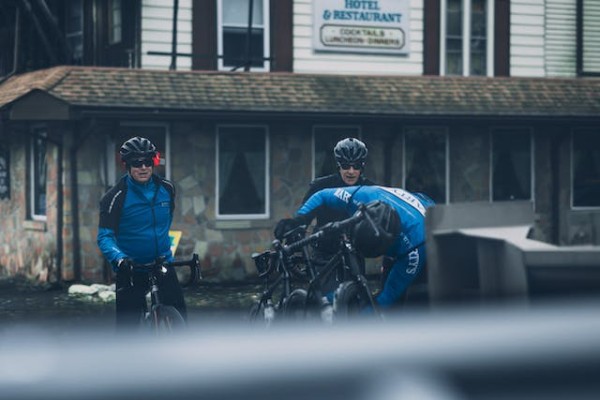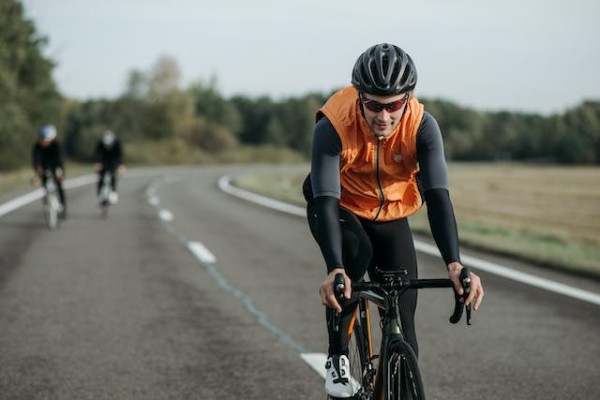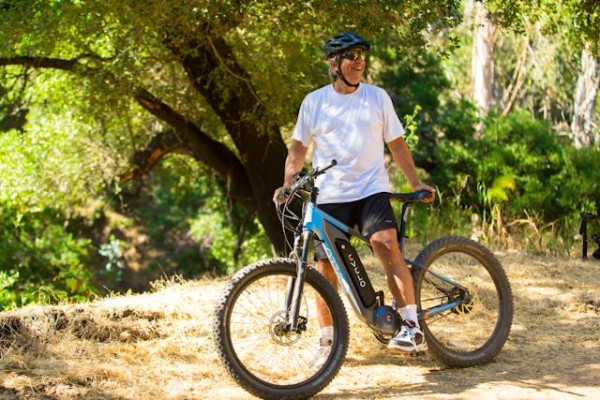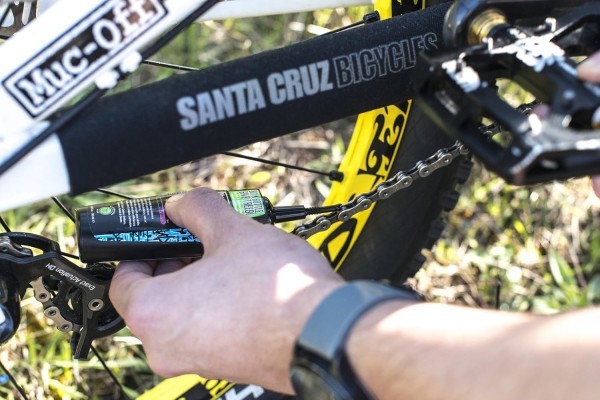Are you pedaling through life, searching for the perfect bike fit that will effortlessly propel you towards your goals? Beware, for hidden within the intricacies of your pro bike fit lie ten potential mistakes, waiting to sabotage your ride. From the elusive saddle height to the often overlooked knee alignment, these errors can hinder your performance, lead to discomfort, and even increase your risk of injury.
But fear not, for in this discussion, we will unravel the mysteries of bike fit and guide you toward a smoother, more efficient ride. So tighten your helmet strap and prepare to uncover the secrets of a flawless bike fit.

10. Incorrect Saddle Height
To achieve optimal saddle height, it’s essential to consider several factors. First and foremost, your knee angle should be correctly aligned when your foot is at the bottom of the pedal stroke. Ideally, your knee should be slightly bent, around 25 to 35 degrees. This ensures efficient power transfer and reduces strain on the knee joint.
Additionally, the position of your hips and pelvis should be taken into account. A saddle that’s too high can cause unnecessary rocking, while a saddle that’s too low can limit power output.
Finding the right saddle height is crucial for maximizing comfort, power, and injury prevention. A professional bike fit can help you determine the correct saddle height based on your individual biomechanics and riding style.
9. Improper Handlebar Position
One common mistake in pro bike fit is having an improper position of the handlebars. The handlebar position plays a crucial role in your overall riding experience and performance. If your handlebars are too high or too low, it can result in discomfort, lack of control, and decreased power transfer.
To ensure an optimal handlebar position, start by adjusting the height. Ideally, your handlebars should be positioned at a height that allows your elbows to have a slight bend and your shoulders to remain relaxed.
Additionally, the reach of the handlebars should be adjusted to suit your arm length and riding style. A proper handlebar position will enhance your bike handling, aerodynamics, and overall comfort on the bike.
8. Wrong Cleat Placement
Improper cleat placement can significantly impact your cycling performance and overall riding experience. The position of your cleats plays a crucial role in optimizing power transfer and efficiency while pedaling. When your cleats are incorrectly positioned, it can lead to discomfort, pain, and even injury. One common mistake is placing the cleats too far forward or backward on the shoe. This can result in poor biomechanics, affecting your ability to generate power and causing unnecessary strain on your muscles and joints.
Another mistake is improper alignment of the cleats, such as angling them inward or outward. This can lead to knee pain, instability, and reduced control over your bike. To ensure proper cleat placement, consult a professional bike fitter who can analyze your biomechanics and make precise adjustments for optimal performance and comfort.
7. Neglecting to Adjust Reach and Stack
To further optimize your bike fit, another crucial aspect to consider is adjusting the reach and stack of your bicycle. Neglecting to make these adjustments can lead to discomfort, poor performance, and even potential injury. Reach refers to the distance between the saddle and the handlebars, while stack refers to the vertical height of the front end of the bike. Getting the right balance between reach and stack is essential for achieving a comfortable and efficient riding position.
If your reach is too short or too long, it can strain your back, shoulders, and neck. Similarly, if your stack is too low or too high, it can affect your weight distribution and handling. Therefore, it’s important to work with a professional bike fitter who can help you find the optimal reach and stack for your specific body geometry and riding style.
6. Ignoring Body Asymmetry
Ignoring body asymmetry can have a significant impact on your bike fit and overall cycling experience. Your body isn’t perfectly symmetrical, and this can manifest in various ways, such as leg length discrepancy, hip tilt, or shoulder height difference. Neglecting to address these asymmetries can lead to discomfort, inefficient pedaling, and even injury.
To achieve an optimal bike fit, it’s crucial to identify and address these imbalances. A professional bike fitter can use tools like a plumb line, motion capture analysis, or pressure mapping to assess your body’s asymmetry and adjust your bike accordingly. They may recommend solutions like shims in your shoes, wedges under your cleats, or custom orthotics to correct leg length discrepancies.
5. Using the Wrong Shoe Size
Using the incorrect shoe size can greatly affect your bike fit and overall cycling performance. When it comes to cycling shoes, getting the right size is crucial for optimal comfort and power transfer. Ill-fitting shoes can lead to discomfort, numbness, hot spots, and even pain during your rides. Moreover, they can negatively impact your pedaling efficiency, compromising your ability to generate power and maintain a smooth pedal stroke.
To ensure a proper fit, start by measuring your feet accurately. Take into account both the length and width, as well as any specific foot characteristics like high arches or bunions. Remember that cycling shoes typically fit tighter than everyday shoes, so you may need to go up a size or consider different shoe brands that offer wider options.
Don’t underestimate the importance of the correct shoe size in your pro bike fit. By investing in properly fitting cycling shoes, you’ll enhance your comfort, performance, and enjoyment on the bike.
4. Overlooking Knee Alignment
One crucial aspect often overlooked in pro bike fitting is ensuring proper alignment of the knees. Proper knee alignment is essential for optimal power transfer, efficiency, and injury prevention while cycling.
When your knees aren’t aligned correctly, it can lead to various issues such as knee pain, patellofemoral syndrome, and IT band syndrome. To ensure proper knee alignment, your bike fit specialist should assess the angle between your hips, knees, and feet. This angle, known as the Q-factor, should be adjusted to match your natural anatomical alignment. Additionally, the position of your cleats and the alignment of your saddle should also be considered to achieve optimal knee alignment.
3. Neglecting Flexibility and Mobility
Neglecting proper flexibility and mobility can have detrimental effects on your bike fit and overall cycling performance. When it comes to achieving an optimal bike fit, it’s not just about adjusting the bike to fit your body, but also ensuring that your body is capable of achieving the necessary positions and movements.
Flexibility and mobility play a crucial role in your ability to maintain proper cycling form and prevent injuries. Insufficient flexibility in key areas such as the hips, hamstrings, and lower back can lead to discomfort and inefficient pedal strokes. Limited mobility in the shoulders and neck can restrict your ability to maintain an aerodynamic position and look ahead on the road.
It’s therefore essential to incorporate regular stretching and mobility exercises into your training routine to improve your overall flexibility and mobility, allowing for a more comfortable and efficient bike fit.
2. Not Considering Riding Style and Goals
It’s crucial to align your bike fit with your specific riding style and goals to optimize performance and prevent injuries. Different riding styles, such as road cycling, mountain biking, or triathlon, require specific bike fit adjustments to ensure comfort and efficiency. For example, a more aggressive road cycling position may require a lower handlebar height and a longer reach to optimize aerodynamics.
On the other hand, a more relaxed mountain biking position may necessitate a higher handlebar height and a shorter reach for better control and maneuverability. Similarly, your goals, such as racing or leisurely rides, will influence your bike fit. Racing requires a more aggressive and aerodynamic position, while leisurely rides prioritize comfort and a more upright posture.
1. Forgetting to Reassess and Fine-Tune Regularly
Many cyclists make the mistake of assuming that once they’ve undergone a professional bike fit, their position is set in stone. However, our bodies are dynamic, and our fitness levels and flexibility can change over time.
Therefore, it’s crucial to periodically evaluate and adjust your bike fit to accommodate these changes. Regular reassessment allows you to address any discomfort or pain that may arise and make necessary modifications to improve efficiency and prevent potential injuries.
Fine-tuning your bike fit also enables you to optimize power transfer, aerodynamics, and overall comfort, ensuring that you get the most out of every pedal stroke. Don’t neglect this crucial step in your cycling journey; make it a habit to reassess and fine-tune your bike fit regularly.
Conclusion
If you want to optimize your cycling performance and avoid unnecessary discomfort or injury, it’s crucial to pay attention to the details of your bike fit. By avoiding common mistakes such as incorrect saddle height, improper handlebar position, and neglecting to adjust reach and stack, you can ensure a more efficient and comfortable ride. Don’t overlook the importance of cleat placement, knee alignment, flexibility, and mobility.





